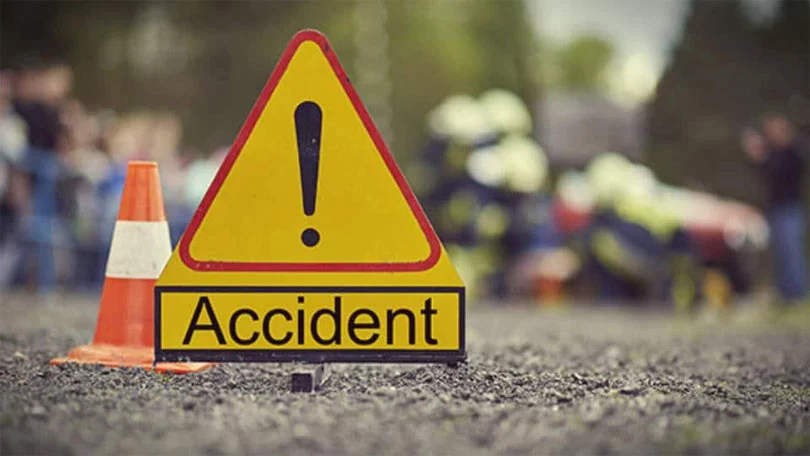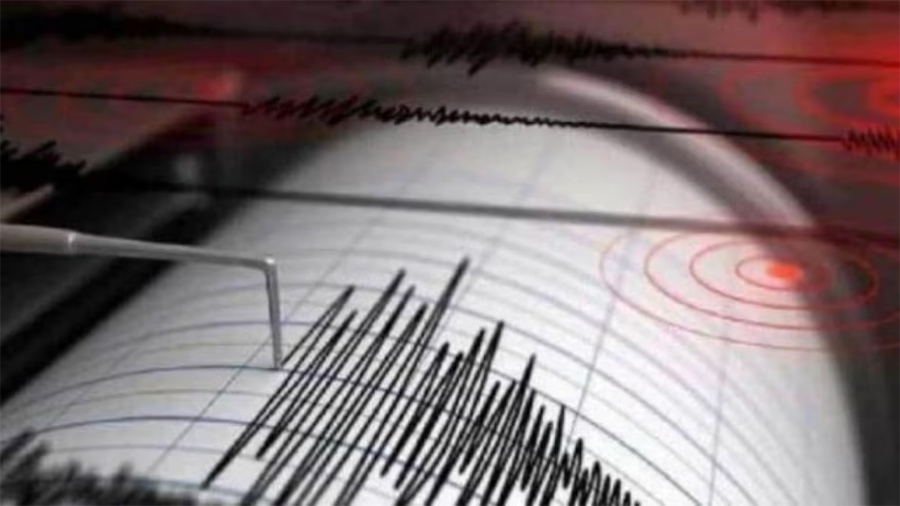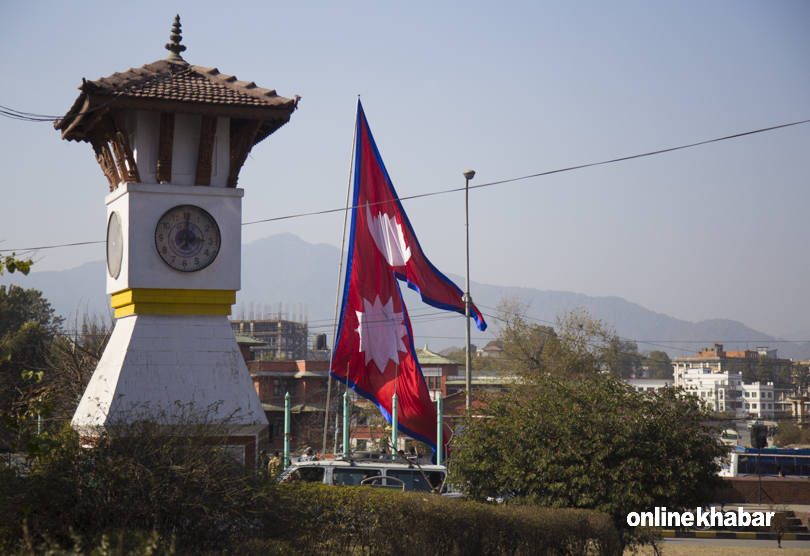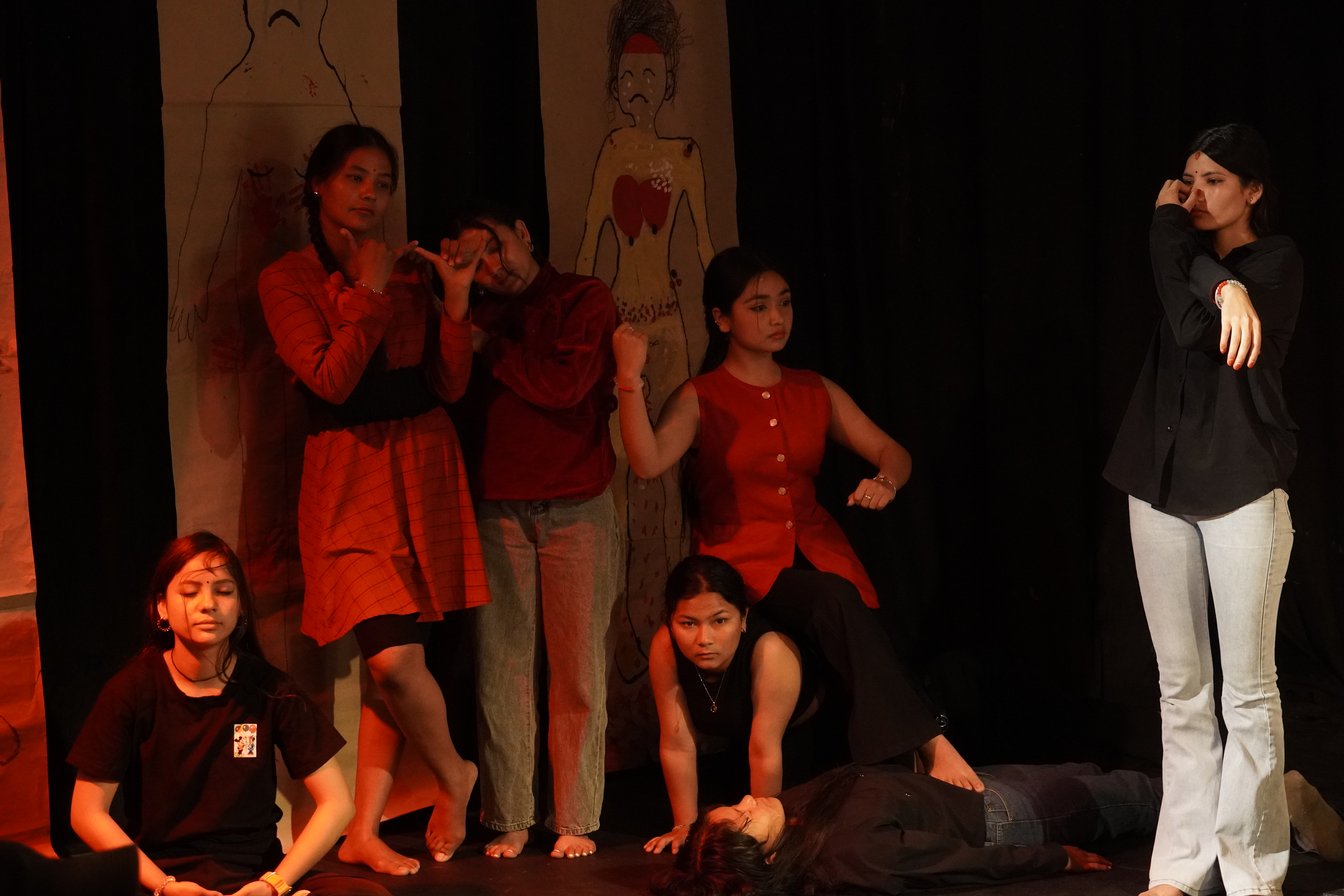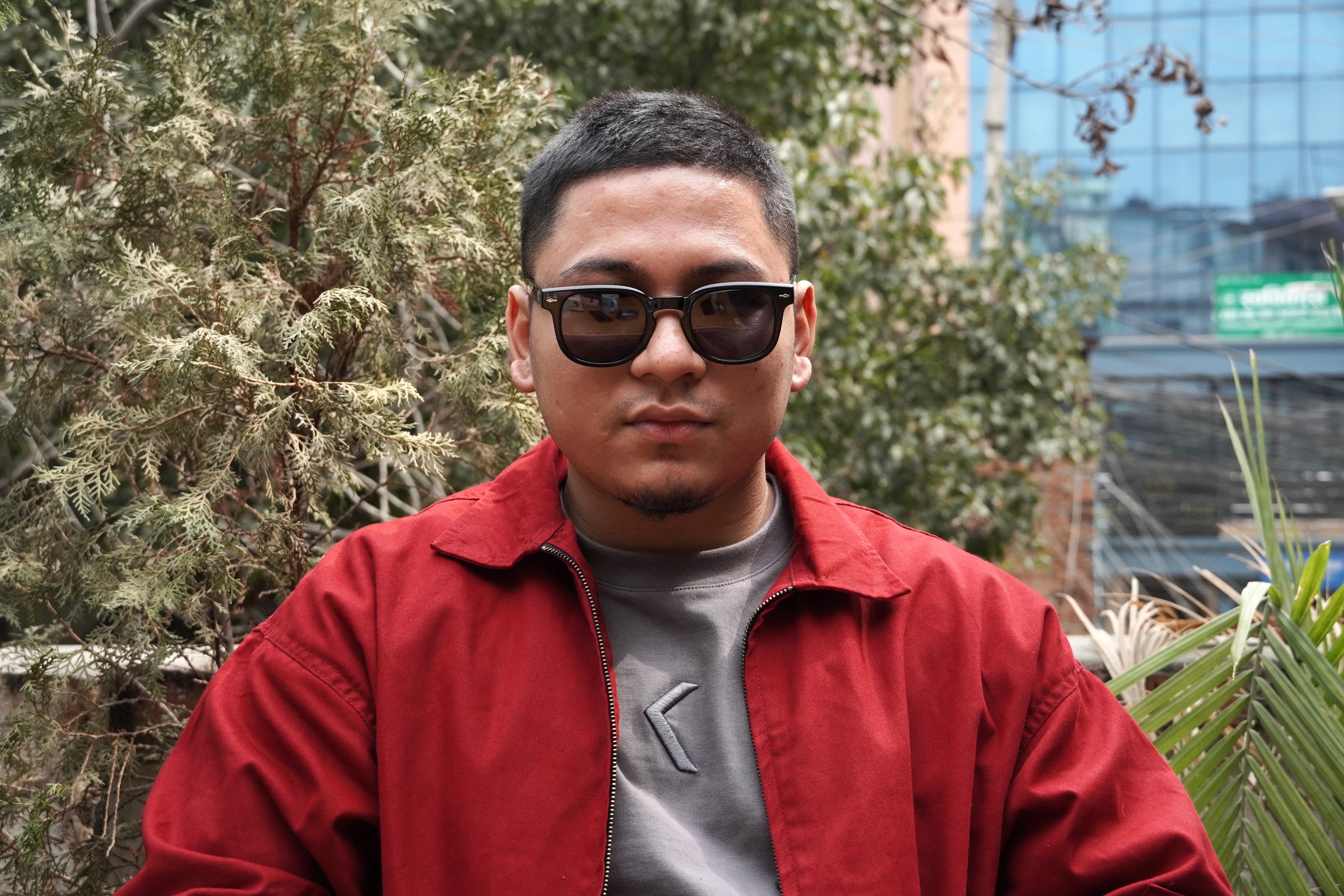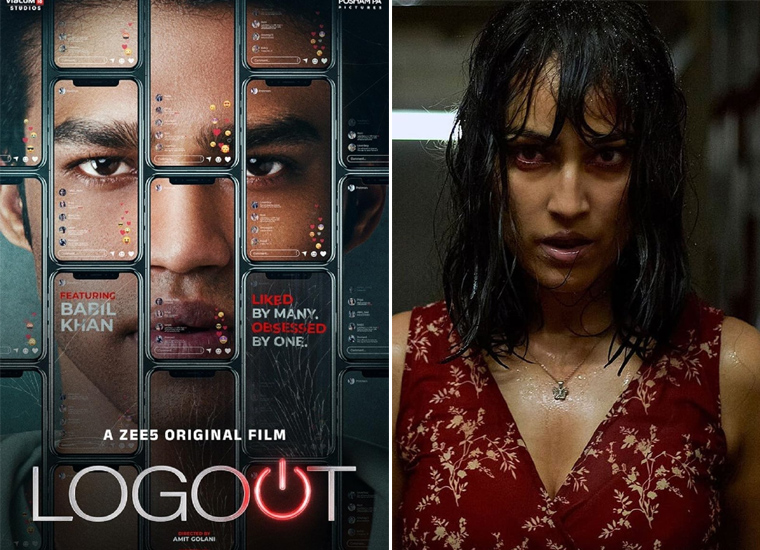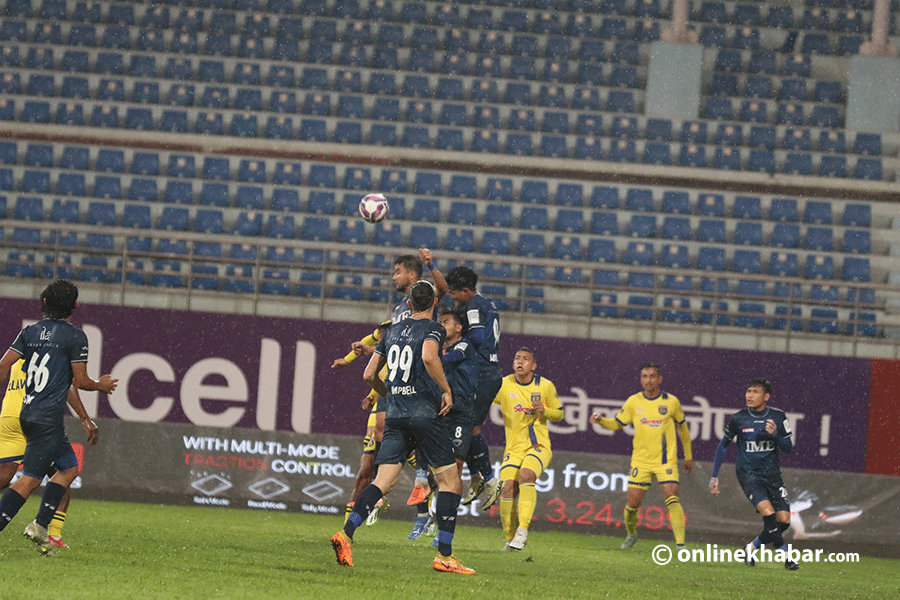
When Ron Ranson came to Nepal in 2012 to make a short film on prayer flags, one of many things that caught his eye was trucks. He was mesmerised by how vibrant and colourful these trucks were. These trucks had paintings of deities and animals along with various things written on them. He always wondered why it was the case.
Someone who had been teaching scenery, painting and light design in the theatre scene, he was intrigued by it all. But it was not until 2016 when he read about Narayan Bhatka Karna and Nepal’s truck/bus poetry scene that he decided to make Tattooed Trucks of Nepal – Horn Please, a film about it.
“By the time I came to Nepal, Karna, who painted texts and pictures on trucks for several years, had passed away and then I was quite lost on what I wanted to do. Then I saw how paintings on these trucks had become even more vibrant, after which I and Sudarson (Karki) decided to make a film on paintings on trucks,” says Ranson from his home in San Diego in the United States.
Tattooed Trucks of Nepal, which they started to make in 2017, finished in 2021. After taking part in different festivals across Asia, the film is premiering in Nepal on March 18 as a part of the Nepal International Film Festival.
The curious case of tattooed trucks
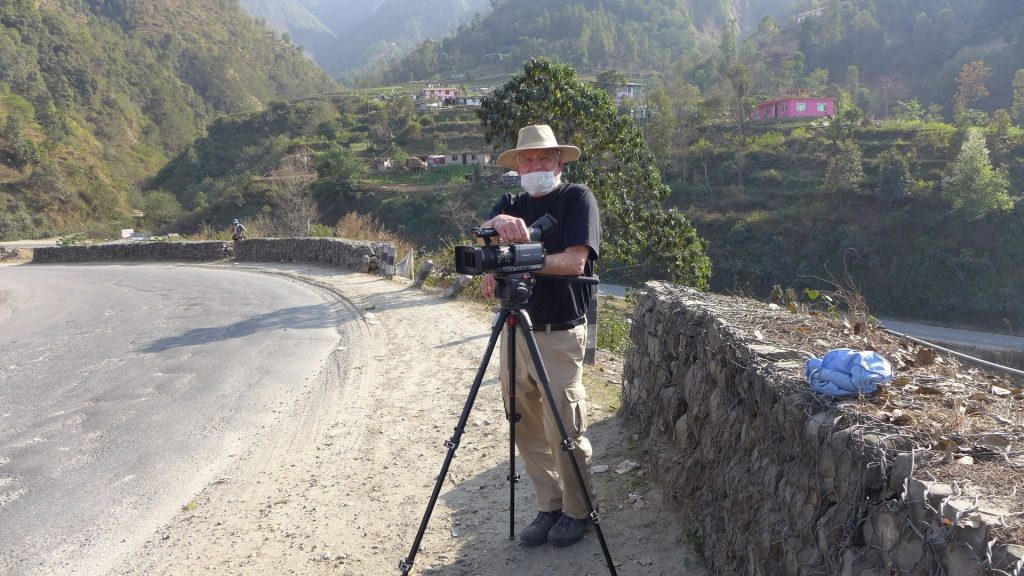
Tattooed Trucks of Nepal – Horn Please talks about the life of truckers, the meanings behind the motifs and paintings, how the art form has evolved over time and what new government rules mean for the truckers and the business of painting trucks in Nepal.
“It gives people nuance on what goes behind the art. We ourselves learnt a lot during the research process of this film,” says Ranson.
Ranson has had a history with trucks in Nepal. He had come to the country as a Peace Corps volunteer in 1964. Staying in Nepal for two years, he spent his time teaching in Chitwan.
Whenever he had to commute, he used trucks. “Back then, there were no buses,” he says.
Back then, he did not have plans to make a film on trucks. What later came as Tattooed Trucks of Nepal was not on his mind even in 2012 when he came to shoot Prayer Flags of Nepal with his son. But then, he wondered why people spent so much money to paint these trucks.
Things started to take shape when he read an article about Karna and truck literature (“truck sahitya” in Nepali) in Nepali Times. He called up cinematographer Sudarson Karki and talked about making a film based on Karna and truck literature.
But fate had other things planned as Karna’s death made them rethink and replan what they could do.
“He was going to be the main character of the film. We were lost for a while, but then I realised the paintings on the trucks again, which started a new chapter,” says Ranson.
Making the meanings

Then started the research for Tattooed Trucks of Nepal. To understand why the trucks were painted the way it was painted, Ranson and Karki spent countless hours talking to as many people as they could. The drivers were reluctant at first, but gradually they opened up to Karki, who did everything he could do to make the film.
“I ate with them, drank with them. I followed them everywhere to get shots, photographs and information. I will cherish these moments all my life,” says Karki.
Thanks to that, Tattooed Trucks of Nepal, as the film, gives the audience little nuances on the meaning of the paintings. It gives them knowledge of the different symbols and why they are kept.
Take the example of the shoe that can be seen hanging (or painted) at the back of the trucks. These shoes are kept because drivers believe they repel envy and jealousy.
“Some say the shoe also warns other drivers that if they mess with this trucker, they will get a shoe on their face,” says Ranson.
These things were new for Ranson and his team too. In making Tattooed Trucks of Nepal, they learnt a lot themselves including why the trucks have certain fabrics on them.
“When we spoke to business owners in Banepa, they told us the fabrics were put inside the cabins to remind the truckers about their wives and families back home,” says Ranson.
The writing on the trucks is also quite fascinating. There is a general consensus that these writing are something that has been put up just for the sake of it, but in reality, it is quite different. These writings often tell what the driver is going through in his life, he says. Some trucks have quotes of heartbreak while some have quotes that reflect what is happening in their life.
“They want to make the truck personal and give it a meaning,” says Ranson.
Archiving the history
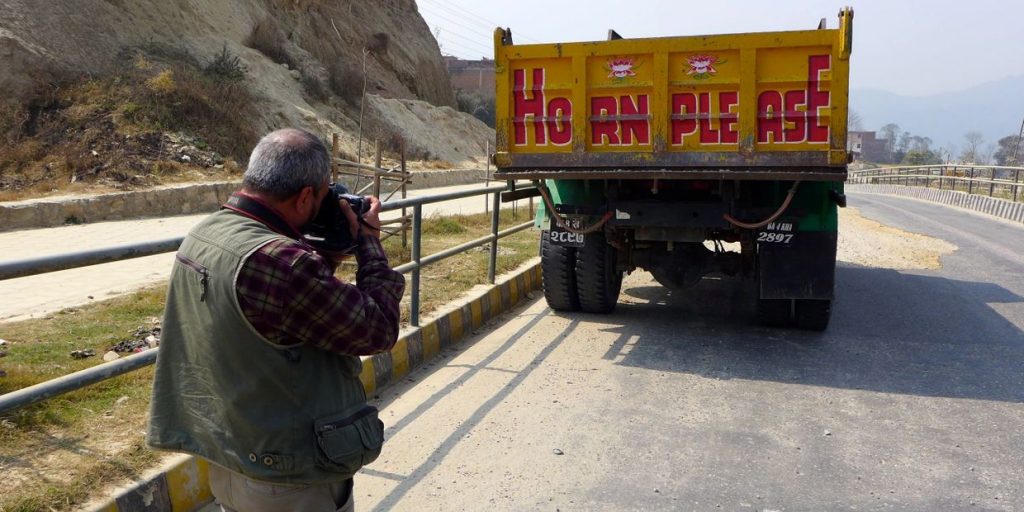
But now, with most of these trucks getting old, the new ones do not have these vibrant paintings as shown in the Tattooed Trucks of Nepal. The government discouraging this has also been a major factor as the Department of Transport Management, in 2020, issued a notice ordering all public vehicles to remove writings from the vehicles.
This the film shows will not only impact the drivers but also the many businesses that are dependent on it.
“It’s a stupid rule. These writing are not just voyeuristic. These quotes have a lot of emotions in them. They talk about life, religion and the country’s state. The decision to remove it is dumb in my opinion,” says Karki.
Tattooed Trucks of Nepal is being screened for the first time in front of an audience. It has done well in festivals in California, India and Singapore.
“The response has been great, but I am itching to see how Nepal reacts to this film. I’m waiting to hear from Sudarson how the truckers and those involved in the film will respond to it,” says Ranson who due to health reasons cannot be in Kathmandu.
But he is content and he hopes that Tattooed Trucks of Nepal – Horn Please, which he calls his gift to Nepal, will be enjoyed by everyone present at the Nepal International Film Festival.
Photos: Tattooed Trucks of Nepal








